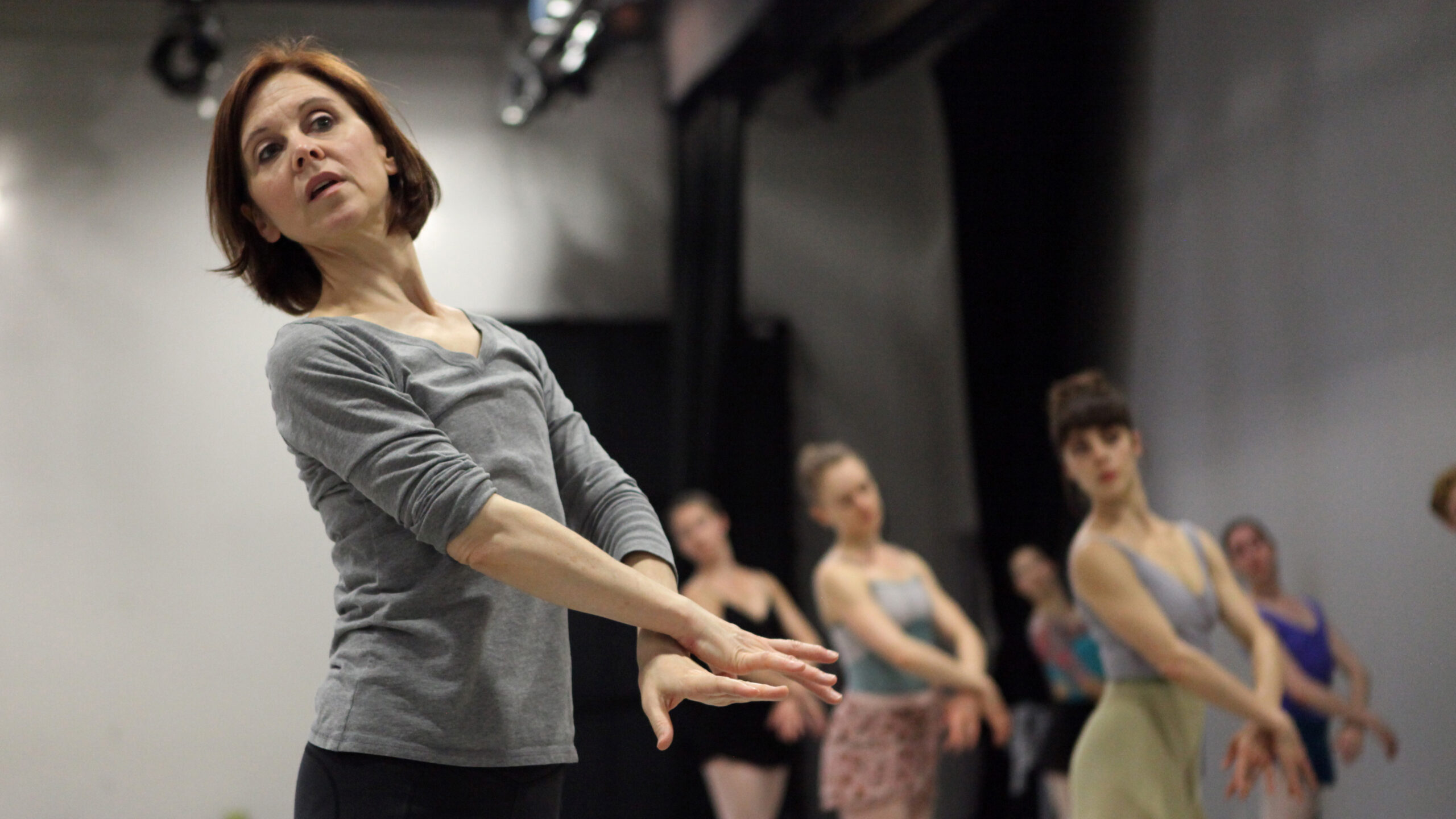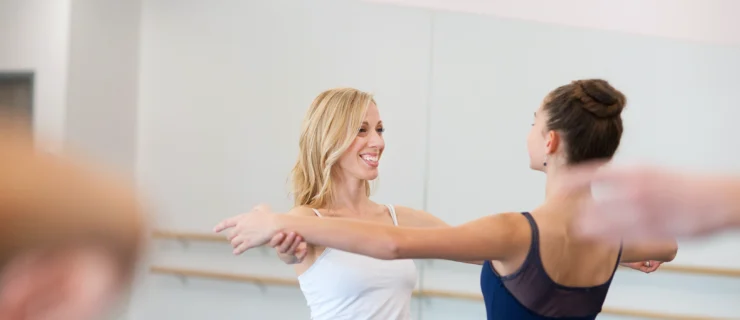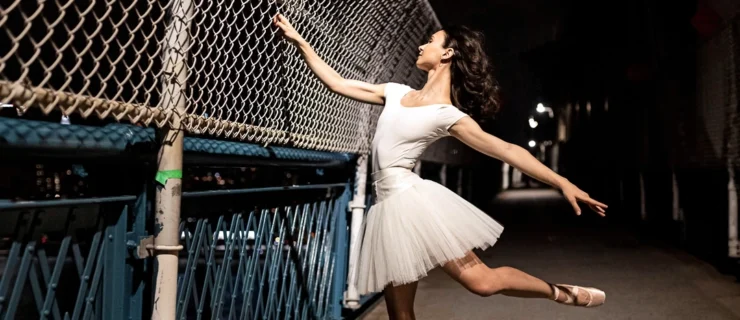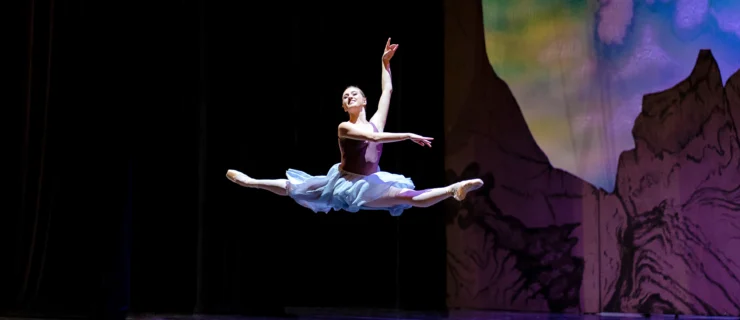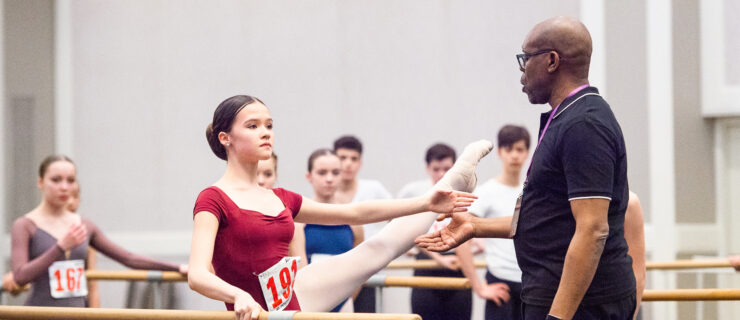What Happens to Audition Materials After You Press “Send”?
Increasingly, ballet companies are moving away from traditional open-call auditions. Instead, many prefer for dancers to submit a video reel, photos, and resumé, either via email or through an online portal, in order to be considered for an in-person audition. But while dancers have embraced the ability to present themselves more widely, quickly, and inexpensively than before, the digital submissions process can still feel pretty mysterious. While every company has its own system for receiving and evaluating online applications, we spoke with artistic staff members and administrators to shed light on what happens on their end after you hit “Send.”
From Inbox to Artistic Director
Most companies either provide an email address for audition inquiries, with instructions for attaching photo and video files, or use an online submission portal to collect and store those materials. ABT’s Studio Company has been using the Acceptd audition platform for several years; interested dancers are guided from the Studio Company website through the steps to upload their files and documents. With hundreds of applicants per year, consistency and efficiency are key, says Studio Company managing director Claire Florian. “Having dancers apply via the portal allows us to keep all the information organized in one place and share it between multiple staff members much more seamlessly than regular email submissions would,” she says. “It also standardizes the process: When people send materials via email, they sometimes forget to attach things like a resumé or photo. But applications on the portal can’t go through without all the required materials. With a full suite of audition materials, we can better evaluate each candidate efficiently.”
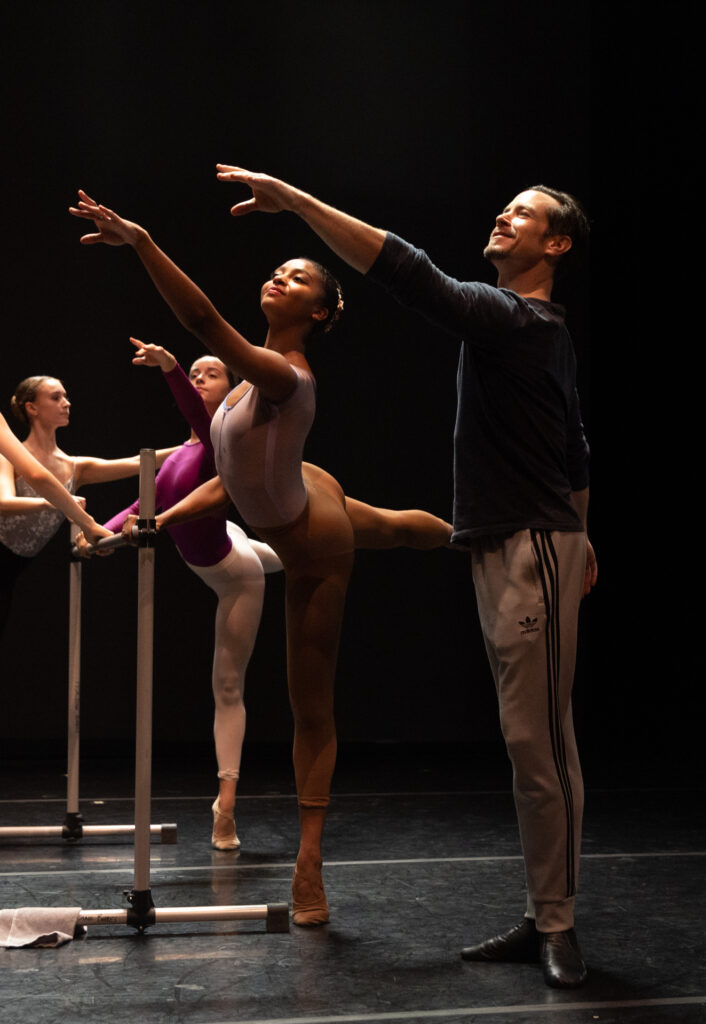
Despite the high volume, each submission goes directly to artistic director Sascha Radetsky, who does the initial vetting and contacts those he’d like to invite to an in-person audition. “If I’m unsure about someone, I’ll enlist other people on staff to look at them as well,” he says.
Golden State Ballet and Oregon Ballet Theatre have slightly different entryways. At Golden State Ballet, artistic director Raul Salamanca and his artistic staff all have access to the audition email inbox, but he personally looks at each submission first. “I flag the ones I am particularly interested in, but I also have my staff look at all the materials by themselves, without my influence, before I make any decisions, because sometimes they’ll see something I missed. Then we circle back together and go over the dancers we liked and discuss whether to invite them to audition.”
But at Oregon Ballet Theatre, where dancers also submit applications by email, artistic director Dani Rowe takes a different approach. “Before we start the process of hiring, I communicate with my rehearsal director about the type of dancer I’m looking for. With that knowledge, she vets the applications for dancers she thinks fit that description and then sends them on to me. Because she works so closely with the dancers in the studio, and also because I highly trust her opinion, I involve her completely in the process,” Rowe says.
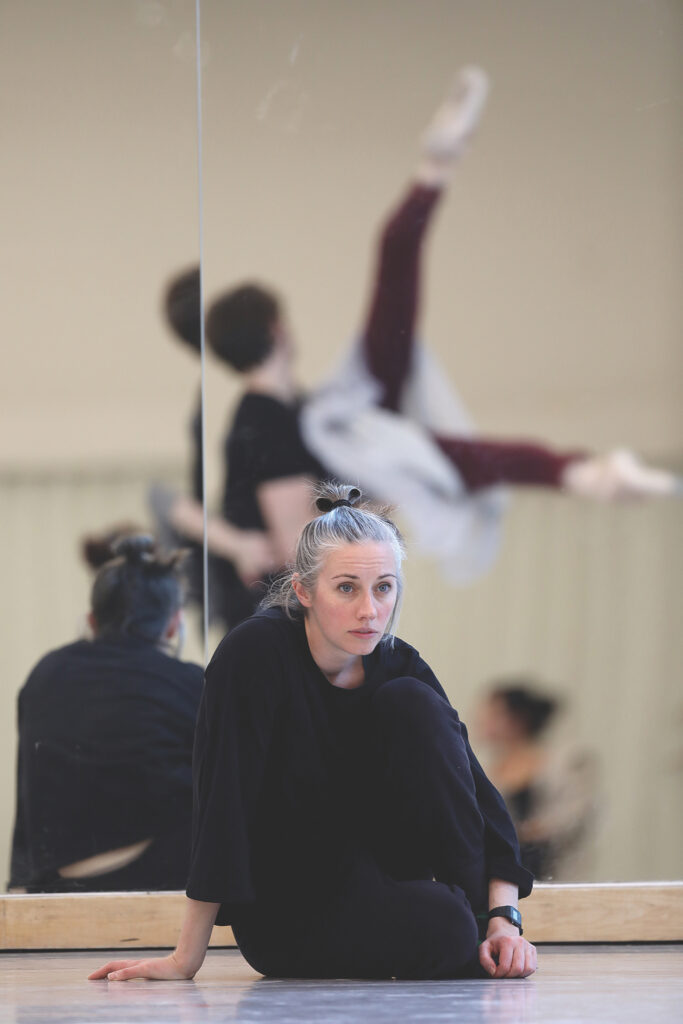
Timeline and Pipeline
It’s in a company’s best interest to evaluate audition materials promptly, since artistic directors are usually trying to fill contracts at the same time. Ballet Austin uses the cloud-collaboration platform Airtable to collect, organize, and store applications, so multiple staff members can access them and move promising candidates through the vetting process expeditiously, says associate artistic director Michelle Martin. “My rehearsal director Christopher Swaim and I tag-team in reviewing the materials, and make notes on the account of anyone we think might be a good fit for one of our programs,” she explains. “Then the other person double-checks, and if we’re in agreement, the next step would be an invitation to come to a small, in-person audition.”
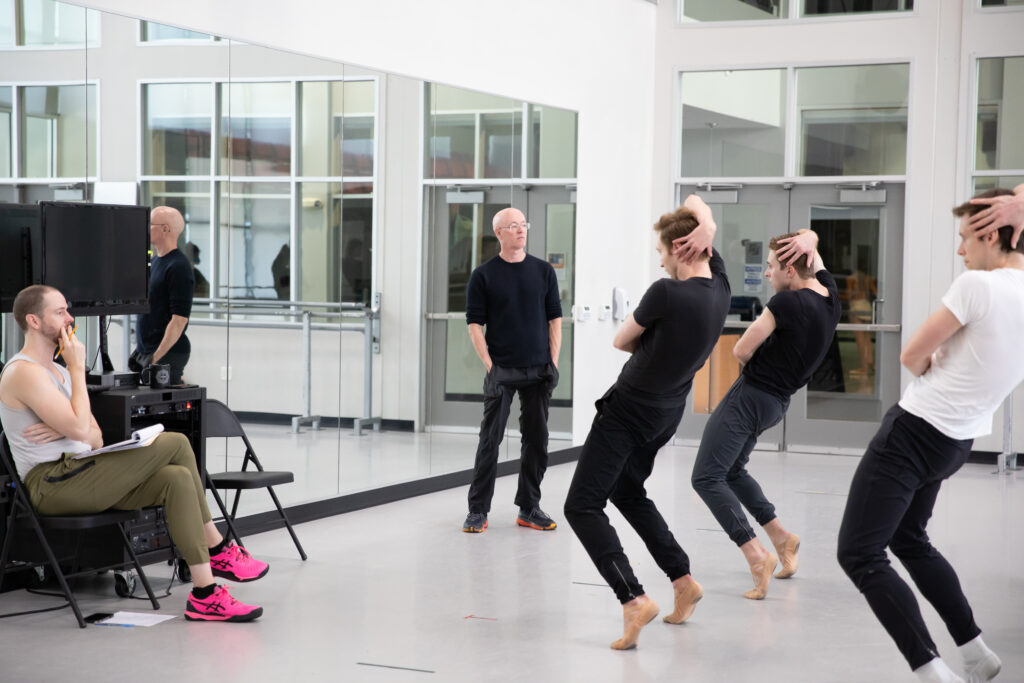
After the auditions are completed, Martin, Swaim, and artistic director Stephen Mills consult on final decision making. Martin says that even with hundreds of applications coming in within a few months’ period, she and Swaim prioritize looking at them, usually within a week. “It helps us to be swift, because then we’re in an active conversation with the dancer and can know if they are really serious.”
Radetsky, too, says his response time can vary from immediate to several weeks, depending on his and the company’s workload. “We’ve all been in that position of sending our materials out, and so we do try to honor the time and effort dancers have put into creating these videos and sending their applications,” he says.
Where Did My Video Go?
There’s no way to make any online transaction 100 percent foolproof, but Florian says using the Acceptd portal largely erases concerns about videos, photos, or resumés getting accidentally deleted or misplaced. “Applications won’t hit spam filters or fall through the cracks among the thousands of emails we receive each week,” she says. Additionally, the platform issues an automatic confirmation to the dancer when applications have been successfully uploaded—or an alert if something’s wrong.
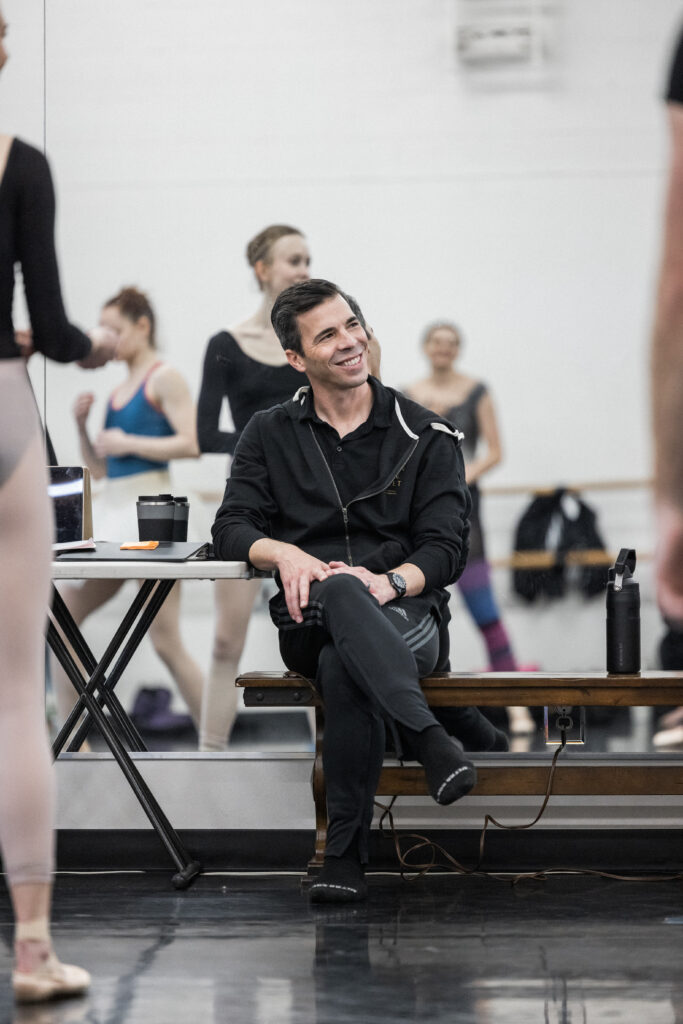
Ballet Austin’s company manager checks each dancer’s links and files and will contact them if anything is missing or won’t open correctly before the artistic staff has access. And at Golden State Ballet, Salamanca says he is vigilant about keeping track of the audition emails he receives—and about protecting dancers’ privacy. “There is nothing in my office or email inbox with dancers’ personal information,” he says. “If I know someone is not the right fit, their emails and attachments get erased. But I do keep the resumés of anyone I was interested in but did not have room for, in case we need someone mid-season, or so I can invite them to audition again next year.”
Many directors understand that sending your carefully assembled reels and photos into the cloud can feel impersonal and uncertain compared to handing them over directly at an audition. Martin wants dancers to know that although the process may not be totally transparent, it is sincere. “I know many organizations and directors feel as I do, which is that we are thoughtful, respectful, and care about anyone who’s taken the time to prepare and upload their materials. It’s a lot of work for everyone, but it’s worth it.”
